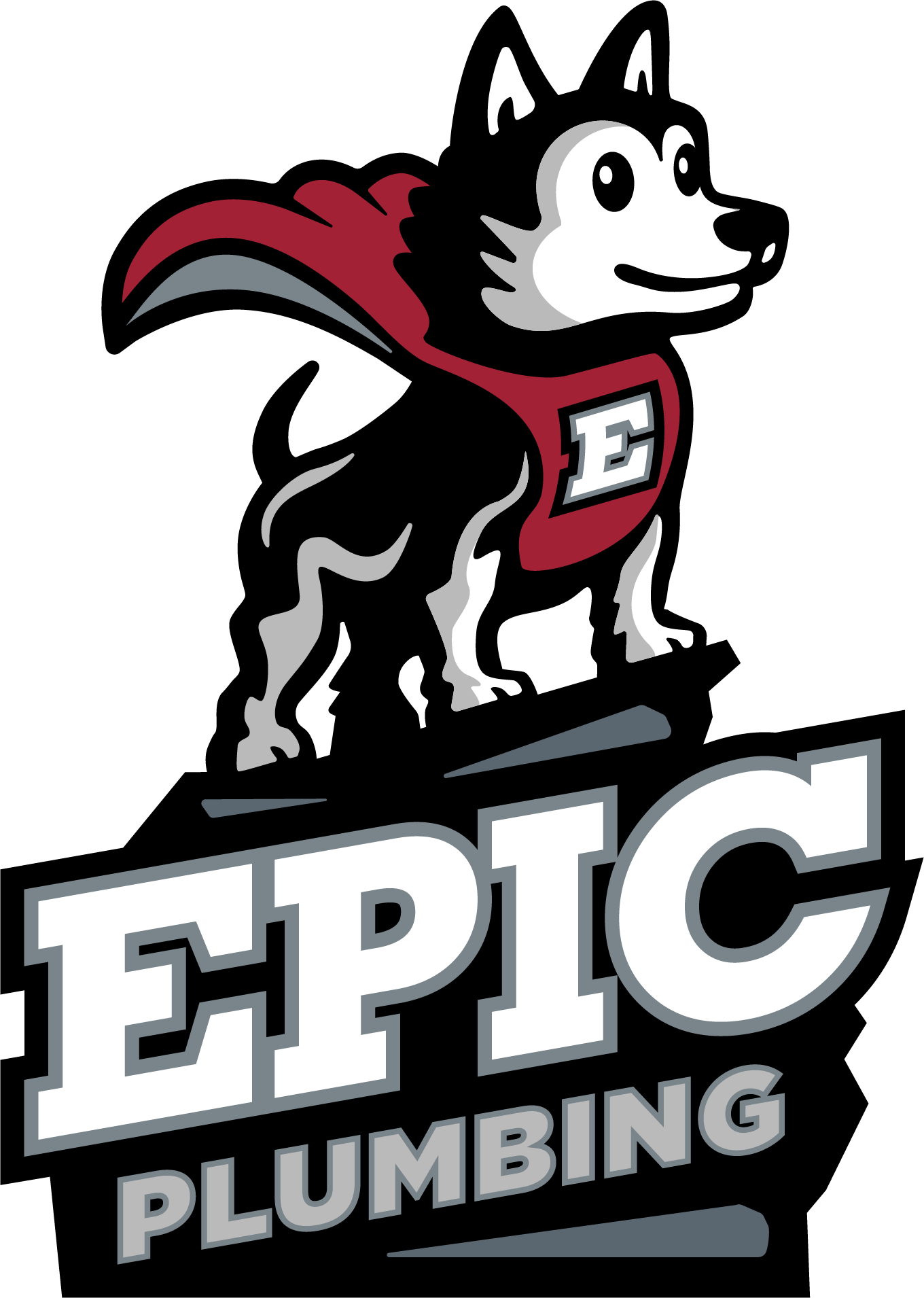ITEMS THAT WREAK HAVOC ON YOUR GARBAGE DISPOSAL
When it comes to your garbage disposal, you simply can’t use it as a trash can. Even though the name is quite deceiving, and it may allude to that use, throwing miscellaneous items and incompatible foods down your disposal will cause plumbing clogs and backups. Keep the following out of your garbage disposal, and your system will start working in an efficient manner as intended.
Poultry, Meat, & Fish Bones
If you are using utensils, or worse—your hand, to shove items down your disposal, you are forcing food into your system that does not belong. And, you will be potentially threatening your garbage disposal with breakdown. When dealing with bones from chicken, meat, and fish, it’s best to throw these items into your kitchen trash.
Your garbage disposal is simply not equipped to process bones. Even small fish bones can get stuck in your pipes, catching subsequent items as they pass, forming clogs. If a large bone makes its way down your garbage disposal, it can become lodged in its motor—breaking your system completely. If this is the case, you’ll need an entirely new garbage disposal system. Prevent replacement by deliberately throwing bones from protein in your trash.
Coffee Grounds
If you are an avid coffee drinker, you know that when coffee grounds get wet, they clump together. Just think back to the filter you use in your coffee maker. After a morning brewing, the coffee grounds in the filter are packed together. This same process occurs within your pipes if coffee grounds make their way down your sink—creating one big blockage. If your system is not draining properly, contact a professional plumber to remove your coffee ground clog.
Fibrous Vegetables
If you have leftover veggies, brush them into your trashcan. Rinsing and grinding fibrous vegetables down your kitchen plumbing will prove detrimental to your system. These items become stringy, balling up into small tumble-weed-like clogs. Refrain from placing corn, asparagus, and celery down your disposal.
Fruit Pits
Just as we described above with bones, hard items that cannot normally be cut with a knife don’t belong in your garbage disposal—the blades won’t be able to chop them up. And, fruit pits fall under this category. If a fruit pit gets stuck in your garbage disposal one of two things will happen. The pit will either break one of your blades, or it will get stuck between your blades, causing the motor to rev until it fails completely. Don’t put pits down your kitchen drain, they will wreak havoc on your plumbing system.
Grease, Oils, & Fats
That extra oil left in the pan after cooking and that salad that was dressed but not eaten both need to be disposed of—you’ve guessed it—via trash can. Pouring excess oils down your kitchen drain is bad news. When oils and grease do down your disposal, they coat your pipes, creating a sticky substance that will cling to anything and everything passing through your system. To rectify this situation, you’ll have to contact Epic Plumbing for professional drain cleaning.
Nuts
If you didn’t already know, peanut butter is made when peanuts are pulverized and spun. This process will create a paste out of almost any variety of nut. So, when nuts are chopped up and spun by your garbage disposal, they too turn into a thick, sticky substance. A severe clog will likely form, and you’ll be left with a kitchen sink full of pooling wastewater. Prevent avoidable drain damage—keep nuts out of your drains.
Pasta, Rice, & Bread
When it comes to starches, they are best kept out of your sink. When starches mix with water they expand. This becomes problematic within your plumbing, as starches will continue to swell until an entire pipe is blocked. Keep your kid’s PB&J crust, that pasta that went bad, and the rice you didn’t finish out of your disposal.
For all of your garbage disposal needs and drain repairs, contact Epic Plumbing at (281) 815-2322. We will get your plumbing back on track.

